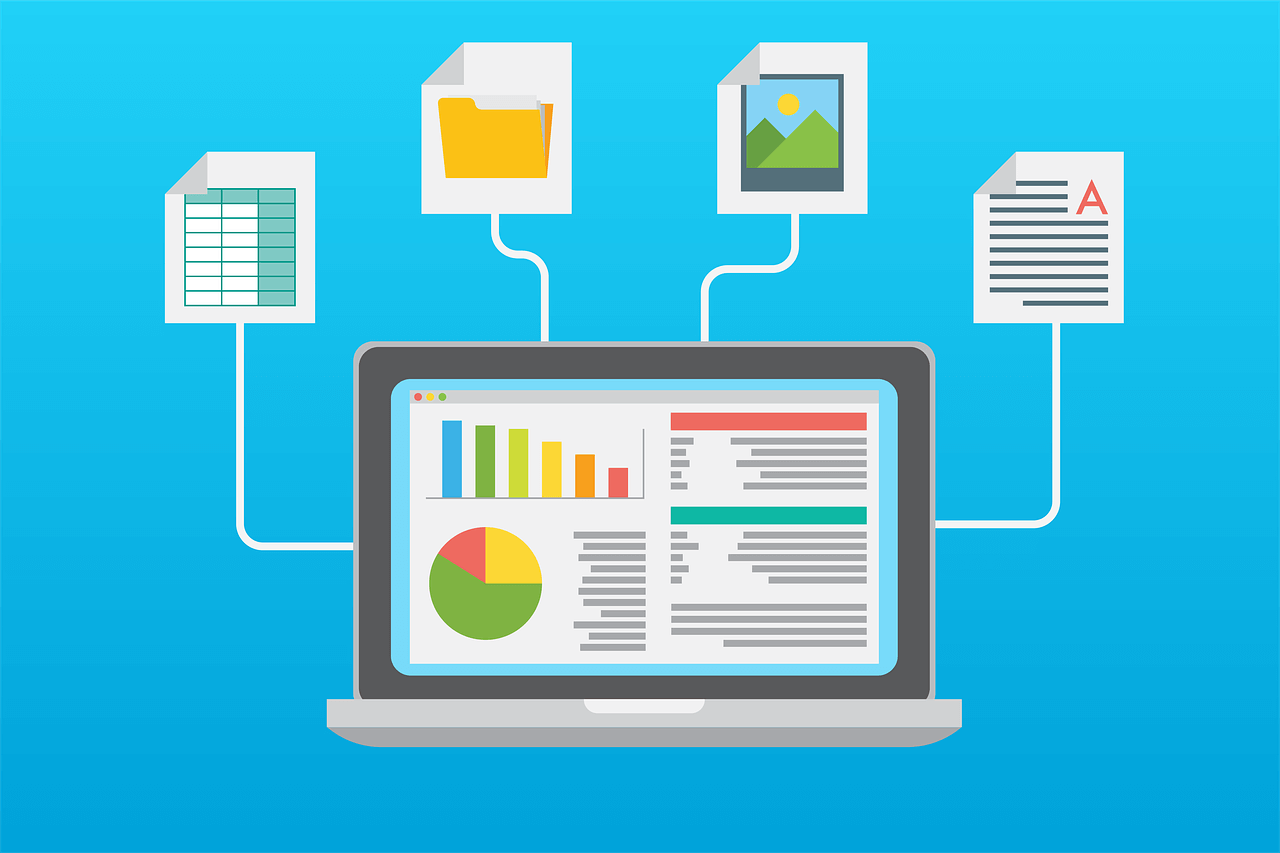Workflows in the insurance industry can be complex. Claims processing can be an arduous task because it is a highly individualized activity and even small oversights can either cause financial strain to the customer or a financial loss to the insurance company.
Detecting fraudulent claims is as important as paying for genuine claims. Insurance can be of different categories. Life insurance is different from auto insurance, auto insurance is different from travel insurance, travel insurance is different from cargo insurance, cargo insurance is different from health insurance, and so on.
Similarly, customers can be individuals, groups or corporate. Distribution channels can be agents, brokers or directly through the company website.
All the workflows happen through documents.
The important role that AI-driven OCR technology can play in simplifying workflows in the insurance industry
AI-driven OCR technology can make processing documents much easier and more importantly, accurate.
OCR stands for optical character recognition. It is used to capture data from paper forms and then store it digitally without it having to be manually typed. In most of the cases paper forms and paper documents are scanned and saved as image files or PDF files. OCR software is then used to extract data that can further be used for analytical and other administrative purposes.
OCR technology can be used to extract information from documents such as appeals processing, insurance pricing, claim fraud detection, claims processing, application processing, and such. The OCR technology can easily recognize text-based and image-based content and save it as digitised text, facilitating automated data entry. With faster and accurate data capturing, insurers can execute data analysis and perform other document -related tasks with greater speed and accuracy.
There are two ways AI-driven OCR technology can help insurance companies improve their workflows: accurately capturing information, and then analyzing information for decision making.
Analysis may not be a part of an average OCR technology but accurate analysis definitely depends on the accuracy of the information obtained by the OCR technology.
AI-driven OCR technology can help the insurance industry in the following manner:
- Reduce working hours and consequent cost.
- Easier and faster claim processing.
- Shorter and efficient claim cycle.
- Fraud detection.
- Reduce manual data entry and data processing.
For example, if it takes 100 employees to process and analyze 10,000 documents in a month, AI-driven OCR technology can complete the job in a day, provided all the documents have been scanned.
Some other ways the AI-driven OCR technology simplifies the insurance industry workflows are explained below:
Faster customer acquisition
Tens of documents need to be processed before a customer is required. A big part of this process can be automated by allowing the customers to upload their documents after scanning (or through the phone camera) them through the insurer’s mobile app or website. These documents then can be automatically processed. Since the OCR technology is powered by artificial intelligence, the more documents it processes, the smarter it gets and after a while, a customer can be approved almost instantly.
Higher precision predictions with AI-driven OCR technology
It is very important for insurance companies to know whether a customer is high-risk or low-risk. This may work both ways: a customer may deserve to get insurance but may be rejected by the company or a customer may not be the right candidate for a particular insurance but still get it. When thousands of customers are being processed on a monthly basis, such errors can easily take place.
With OCR technology, whether the system processes 10 documents or 10,000 documents, the accuracy remains the same. Every customer is accurately evaluated and gets the right insurance. This also eliminates hurdles when insurance claims are made.
Greater accuracy when capturing data
In the absence of a viable OCR technology, data is entered manually. Whether the data is entered from paper documents or digital documents (images or PDF files) when thousands of documents are being digitized, errors are bound to happen. These errors deteriorate data quality and can cost millions to the insurance company over the years.
A great thing about AI-driven OCR technology is that it not only captures data with great accuracy, it keeps on improving as it learns from its previous data capturing processes. It never commits the same mistake again. It is constantly learning from the documents it is analyzing. It can even recognize data patterns that are not recognizable to the human eye.
With AI-driven OCR technology, not only data can be captured directly when image and video files are run through the software, business processes can be automated such that even email attachments can be captured and analyzed. Automatic scanning machines can be placed that first capture data from paper documents and then these digitized documents are fed into the OCR software for accurate data extraction.
